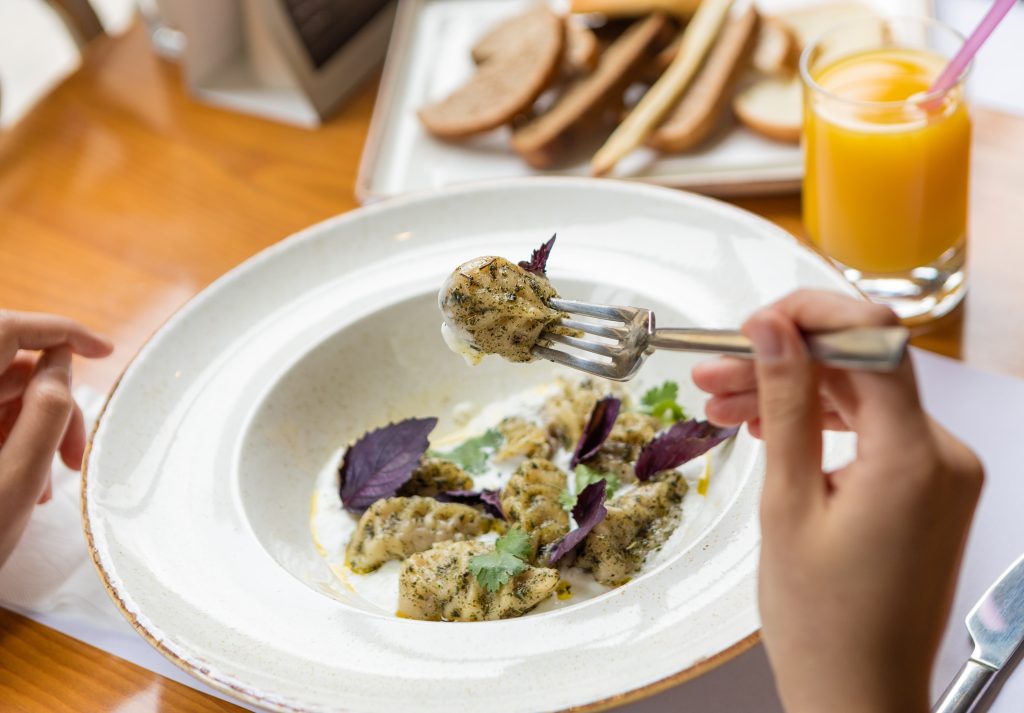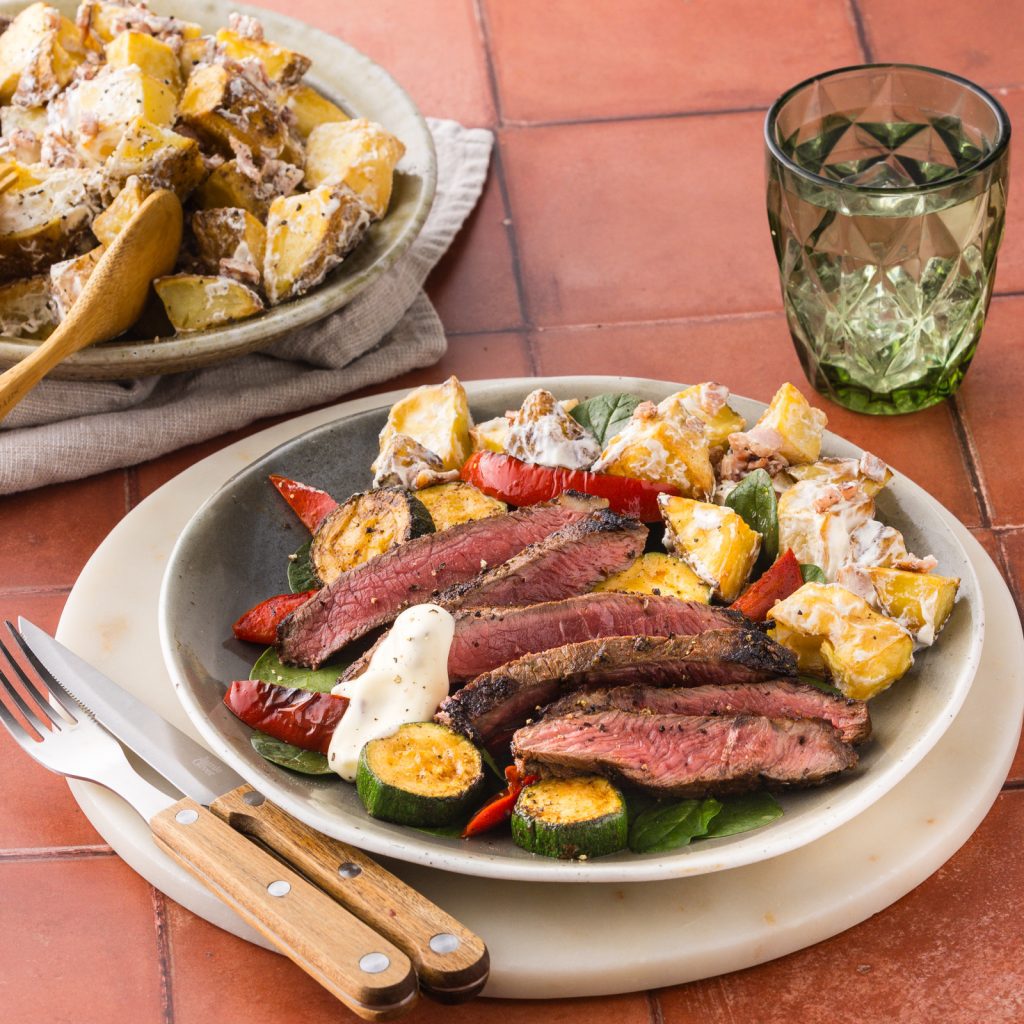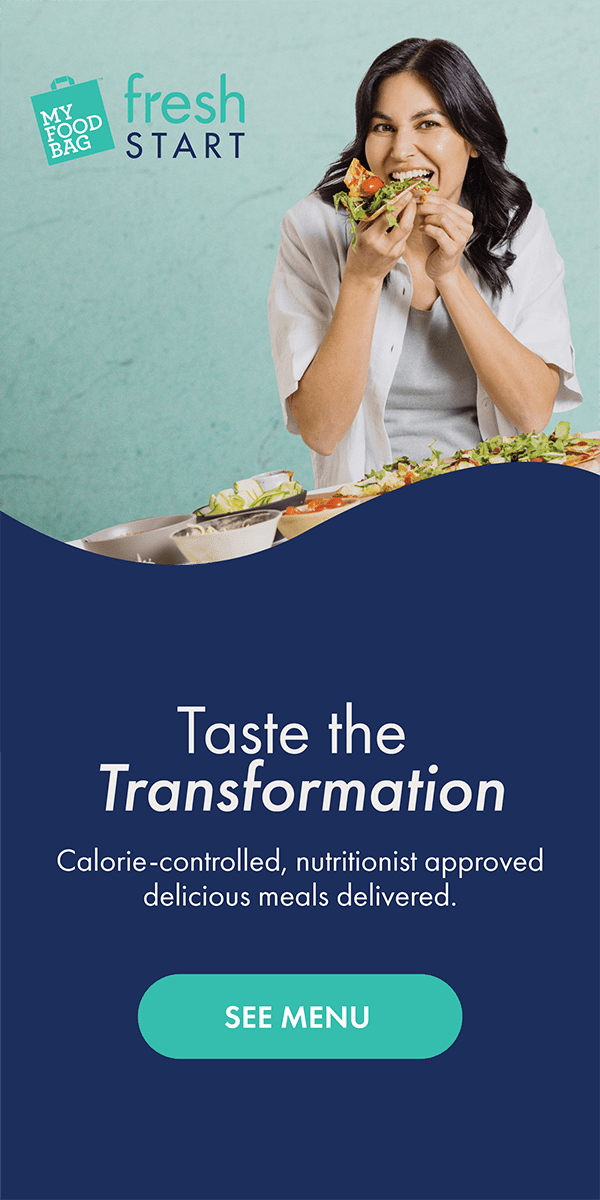Whether you’re a plant-based foodie or you include a veggie meal from time to time, getting enough iron is important for us all! My Food Bag’s Nutrition Manager, Lily Henderson covers everything you need to know about getting enough of this rockstar nutrient.
Life is busy and the weeks can fly by which means we constantly rely on our energy stores and immune system to get us through. When making food choices it’s important to not only focus on the quality of foods going in but to ensure we’re eating enough food and having a wide variety too.
No matter what style of diet you follow, World Iron Awareness Week is a great chance to reflect on your own diet and whether you have the energy and physical capacity to be the best version of you.

Why is iron so important?
Iron is an important mineral because it’s found in every cell of your body. It has many roles including (1):
· Making red blood cells which carry oxygen around the body
· Producing proteins to carry oxygen to your muscles
· Helping to build a strong immune system and fight infection
· Contributing to healthy hair, skin and nails
It’s therefore no surprise that the common symptoms of not getting enough iron include feeling tired, dizziness, finding it hard to concentrate and getting sick more often (2).
How much iron?
The recommended daily intake of iron is 8mg for men over 19 years and women over 51 years. Women who are aged between 19-50 years have a higher requirement of 18mg per day. This means women in this age bracket are at higher risk of being deficient (1 in 14 women) (3, 4).
People who are at greater risk of not getting enough iron include teenage girls, pregnant women, athletes and very active people, vegetarians and vegans, and people who have health conditions which affect the absorption of iron such as coeliac disease (1).

Sources of iron
Most of us get the iron we need from food (5).
The two main forms of iron are haem (found in meat and seafood) and non-haem (found in plant foods). Our body is better at absorbing the haem iron found in meat and seafood, but you can still get enough iron if you are following a well-planned plant-based diet (i.e. vegan or vegetarian) (3,6).
There is a wide range in the iron content of different foods so it’s important to eat a wide variety (6).
Food sources include:
· Animal foods: red meat (beef, lamb), shellfish (mussels, oysters), chicken, fish and eggs.
· Plant foods: dark leafy greens (spinach, silverbeet), tofu, edamame, legumes (lentils, chickpeas, red kidney beans, black beans), nuts and seeds (chia seeds, hemp seeds, linseeds, pumpkin seeds, sunflower seeds, cashews), dried fruit (apricots, figs), oats and quinoa.
· Fortified foods (iron is added to foods): breakfast cereals, spreads i.e. Marmite.
The actual amount of iron each person absorbs from food varies and comes down to a few different factors. The iron status of the person, the iron content of your food and the composition of your entire meal and how the nutrients relate to each other can all affect how much iron you absorb (3).
Get checked
If you think you may be low in iron, the first port of call should be checking in with your doctor or practice nurse and organising some blood tests (1). Blood tests will assess your red blood cell count and amount of storage iron (serum ferritin) and are used to diagnose deficiency.
Although it’s tempting, it’s not recommended to self-diagnose and to start taking an iron supplement as there are risks of getting too much iron too! If you’re low or deficient in iron, your health professional will identify a type and dose of supplement that is right for you and monitor your response over time (6).
Bear in mind that low blood levels of iron may be due to more than not getting enough through food. It could be due to increased requirements (such as during pregnancy or due to exercise) or an underlying health condition too.
3 ways to boost your iron intake:
Whether you are low in iron or just want to ensure you are getting enough there are a number of ways you can structure your eating to ensure you’re getting enough.
1) Perfect pairing
Pair plant sources of iron with foods that contain vitamin C like tomatoes, broccoli, capsicum, kale, potato, pumpkin, cabbage, cauliflower and citrus fruits (1-3).
This could look like a lentil curry with pumpkin and cauliflower, a tofu stir-fry with broccoli and capsicum or a Mexican burrito bowl with rice, spinach, chicken and a citrus dressing.
2) Think before you drink
Avoid tea, coffee or red wine within an hour of your meals especially if you have low iron levels. The tannin in these drinks binds to the iron in the foods you are eating so less can be absorbed and used by your body (1,2).
3) Balance your plate
Eating meat, seafood or chicken with a meal containing vegetables will increase the amount of iron absorbed from the vegetables. Substances called phytates that are present in cereal foods (grains, bread) and legumes (beans, peas and lentils), can also reduce the amount of iron absorbed from a meal however this can be balanced out by including a wide variety of foods and plenty of vitamin C-containing foods (2).

Packing nutrition in Fresh Start meals are nutritionist-approved and designed to ensure you’re eating a varied diet that nourishes you from head to toe.
Each Fresh Start meal is based around a variety of protein sources including meat, seafood, chicken along with plenty of plant-based sources like green leafy veggies, legumes, nuts, seeds and grains too.
The Fresh Start Active range are meals designed with at least 35g lean protein per meal. These are a great option for people who are active, have a larger appetite or want to ensure they’re getting enough protein along with nutrients like iron too.
References:
1) Healthify (2021). Iron. Accessed online via healthify.nz/hauora-wellbeing/i/iron/
(2) Dietitian Connection (2021). Iron fact sheet. Accessed online via dietitianconnection.com/patient-resources/iron/
(3) National Health and Medical Research Council (Australia) and Ministry of Health (New Zealand) (2014) Nutrient Reference Values for Australia and New Zealand: Iron.
(4) University of Otago and Ministry of Health. (2011). A Focus on Nutrition: Key findings of the 2008/09 New Zealand Adult Nutrition Survey. Wellington: Ministry of Health.
(5) Harvard Health (2015). A healthy diet is the key to getting the iron you need. Accessed online via www.health.harvard.edu/blog/healthy-diet-key-getting-iron-need-201502127710
(6) British Dietetic Association (2021). Iron. Accessed online via bda.uk.com/resource/iron-rich-foods-iron-deficiency.html.

